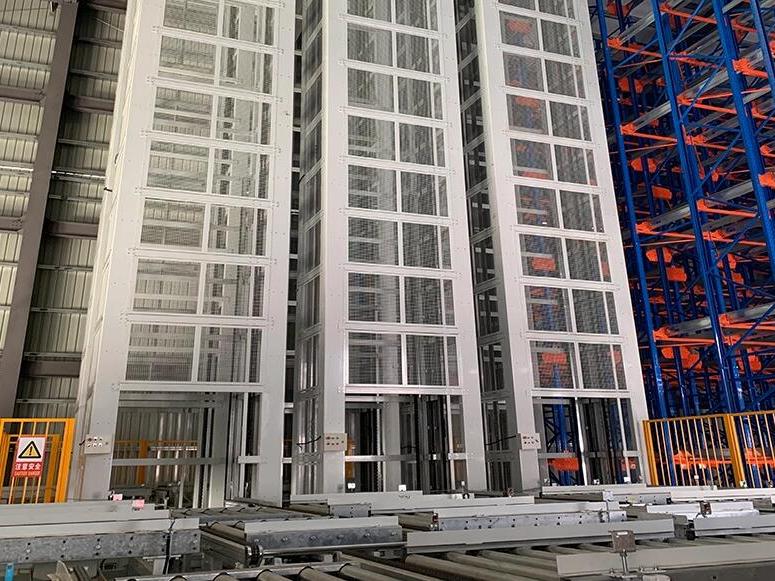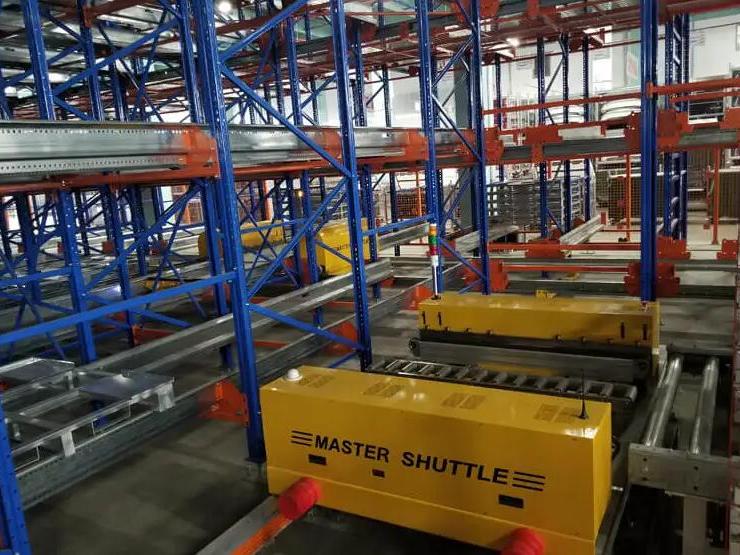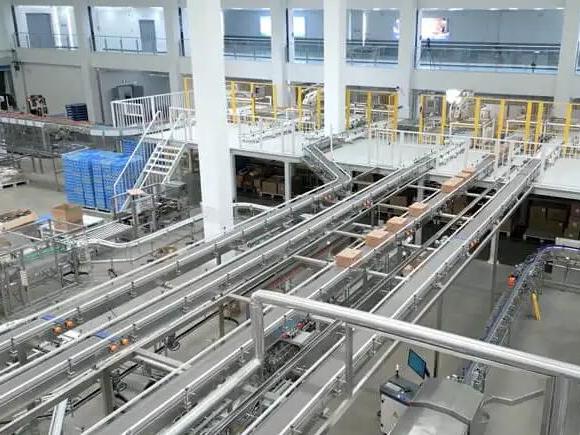Create Time: 05 ,21 ,2025
Efficient material transport is the backbone of a high-performing warehouse. Whether you're moving pallets, packages, or components, the right system can boost productivity, reduce labor costs, and minimize errors.
This guide compares three key solutions:
Warehouse Elevators (Vertical Transport)
RGV Vehicles (Automated Horizontal Transport)
Sorting Conveyors (Continuous Flow Systems)
Key selection factors:
✔ Space constraints (vertical vs. horizontal)
✔ Budget & ROI (upfront vs. long-term savings)
✔ Throughput needs (speed and volume requirements)
Let's explore which system best fits your warehouse.
Before choosing a system, assess your workflow requirements:
Vertical vs. Horizontal Movement – Do you need multi-level transport or floor-level automation?
Load Capacity – Heavy pallets or small parcels?
Speed & Automation Level – Manual, semi-automated, or fully robotic?
Scalability – Will your needs grow in the future?
E-commerce → High-speed sorting conveyors
Manufacturing → RGVs for assembly line precision
Multi-Level Warehouses → Elevators for heavy vertical transport
Warehouse elevators move goods between different levels of a facility. Common types:
Warehouse Elevators – Heavy-duty lifts for pallets
Dumbwaiters – Compact for small loads
VRCs (Vertical Reciprocating Conveyors) – Automated lift systems

| Pros | Cons |
|---|---|
| ✔ High weight capacity | × Only vertical movement |
| ✔ Space-efficient | × Can create bottlenecks |
| ✔ Reliable & low-tech | × Slower than horizontal systems |
✔ Multi-level warehouses
✔ Heavy pallet transport
✔ Low-frequency, high-capacity moves
Rail-Guided Vehicles (RGVs) are automated carts that move on fixed tracks. Types:
Single-track (simple layouts)
Multi-track (complex routing)
Heavy-duty models (for large loads)

| Pros | Cons |
|---|---|
| ✔ Fully automated | × Fixed infrastructure |
| ✔ High precision | × Higher upfront cost |
| ✔ Customizable paths | × Less flexible than AGVs |
✔ Assembly line logistics
✔ High-volume repetitive transport
✔ Integration with AS/RS (Automated Storage & Retrieval Systems)
These automated sorting conveyor systems automatically move and sort items using:
Belt conveyors (for boxes & parcels)
Roller conveyors (for heavy loads)
Cross-belt sorters (high-speed distribution)

| Pros | Cons |
|---|---|
| ✔ Extremely high throughput | × Requires significant space |
| ✔ Minimal labor needed | × Limited flexibility |
| ✔ Easily scalable | × Not ideal for heavy pallets |
✔ E-commerce fulfillment centers
✔ Parcel sorting hubs
✔ High-speed item distribution
| Feature | Warehouse Elevators | RGV Vehicles | Sorting Conveyors |
|---|---|---|---|
| Movement | Vertical | Horizontal | Horizontal |
| Automation | Low-Medium | High | High |
| Capacity | Very High | Medium-High | Medium |
| Speed | Moderate | Fast | Very Fast |
| Best For | Heavy loads | Precise moves | High-volume sorting |
Vertical Space? → Elevators
Long Horizontal Distances? → RGVs or Conveyors
Low Budget? → Conveyors (scalable)
High Automation? → RGVs (long-term savings)
Ensure compatibility with WMS/ERP software.
Can the system expand with your business?
Elevators + RGVs = Multi-level automation
AI & IoT Sensors = Smarter routing & predictive maintenance
Energy-Efficient Designs = Solar-powered conveyors & regenerative braking in RGVs
A: Conveyors have lower upfront costs, but RGVs offer better long-term ROI for precision automation.
A: Yes! Automated VRCs integrate with WMS for hands-free operation.
A: Regular belt inspections, motor checks, and software updates.
A: If you have multi-level storage or heavy pallets, elevators are essential.
Each transport system has unique strengths:
Elevators = Best for vertical heavy lifting
RGVs = Ideal for automated precision
Conveyors = Perfect for high-speed sorting
Still unsure? Get a free consultation from Tianjin Master's logistics experts!
This is the first one.